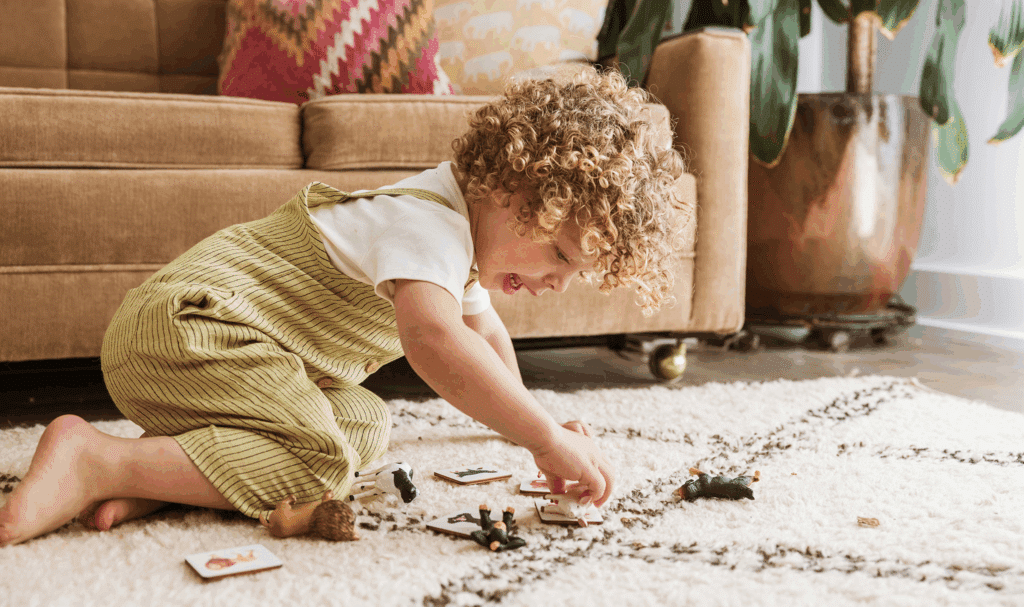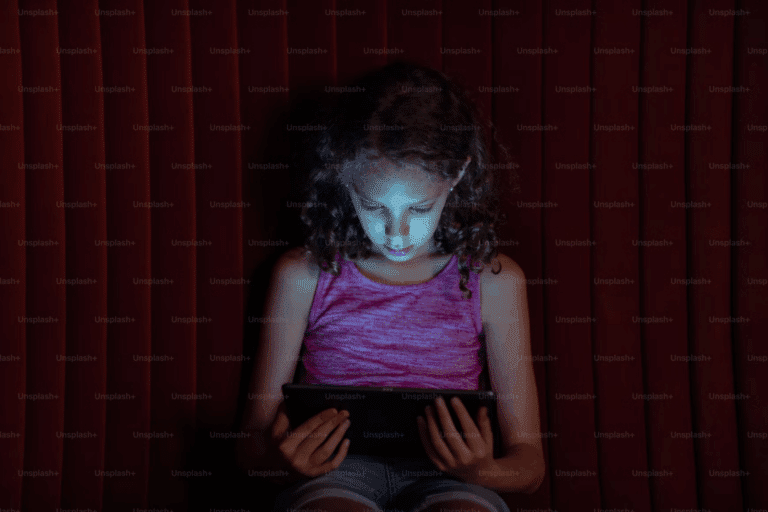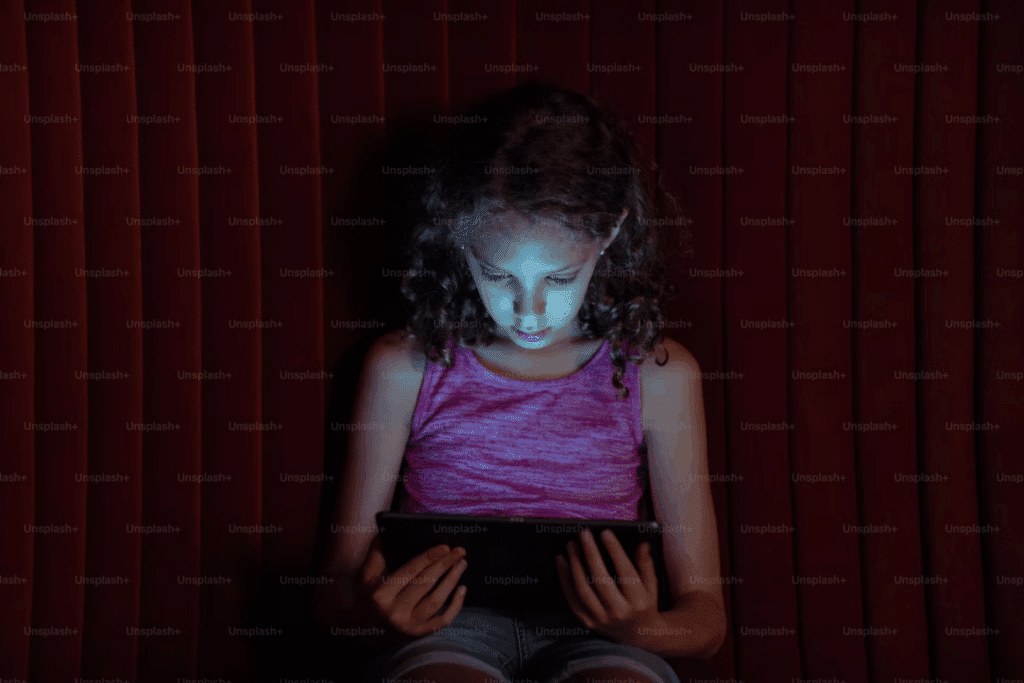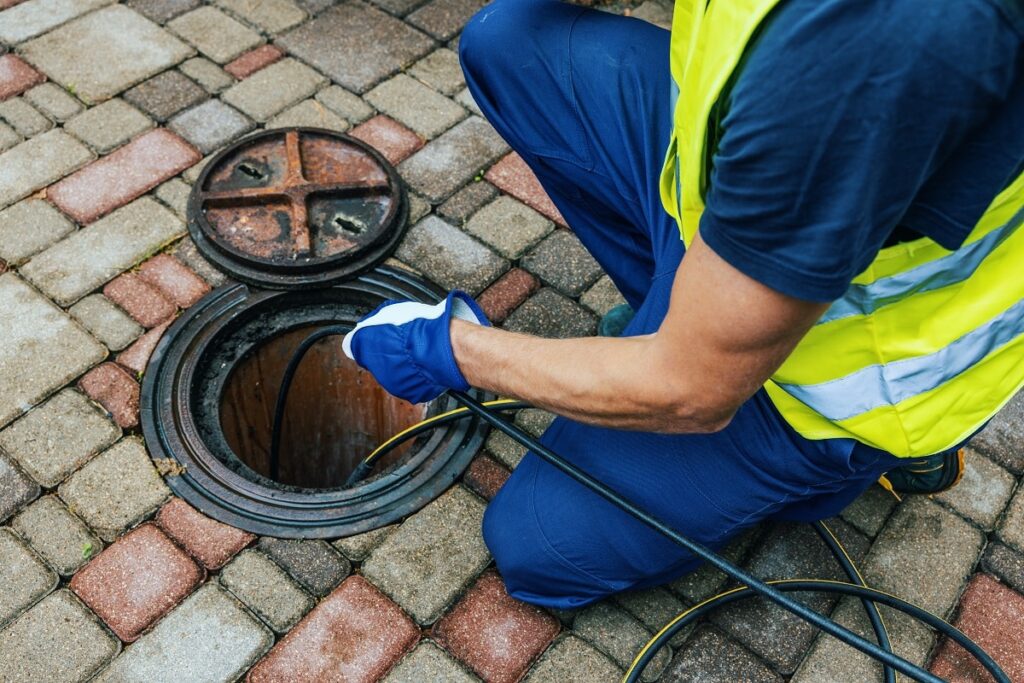Is your toddler behind in talking? This worry keeps many parents up at night. You’ve probably noticed other 2-year-olds chatting away at the playground while your child might be quieter, or maybe it’s the opposite – your little one never stops talking, and you wonder if that’s normal too.
Language development varies widely at this age, but there are indeed certain milestones most children reach by their second birthday.
The gap between “typical” and “concerning” isn’t always clear, and conflicting advice from family, friends, and even pediatricians can leave you confused.
Understanding what’s actually expected how many words should a 24 month say and can help you determine whether your child is on track or might need some extra support.
How Many Words Will Your 24-Month-Old Be Saying?
When your little one turns two, their talking skills take off! Most 2-year-olds can say about 50 to 100 words. Some chatty toddlers might use up to 300 words by their second birthday.
Now, if you are looking for how many words should a 24 month say, then remember that kid grows at their own pace.
Your toddler will start to put two words together. You’ll hear cute phrases like “more milk,” “mama up,” or “go car.” These simple sentences show big steps in how they think.
Boys and girls may learn to talk at different speeds. Many girls start talking a bit earlier than boys, but by age three, most kids catch up to each other.
How Many Words Should a 2-Year-Old Understand?
Your 2-year-old can understand far more words than they can say. Most toddlers at this age know between 200 to 500 words. They follow basic directions like “Please bring your shoes” or “time to wash hands.”
They also grasp the names of:
- Common foods
- Body parts
- Family members
- Everyday items
- Simple actions
When you talk about things your child can see and touch, they learn best. Point to objects and name them. This helps your toddler link words with real things.
If your child seems to understand very few words by age two, talk to your doctor. Early help can make a big difference in speech growth.
How Do 2-Year-Olds Express Their Needs and Wants?

Two-year-olds are developing communicators who use a combination of words, gestures, and emotions to make their needs known.
Understanding these various communication methods helps parents respond effectively to their growing toddlers.
- Words and Simple Phrases: Two-year-olds typically use basic words like “milk,” “more,” or “no” to express immediate needs. They may combine two words such as “want cookie” or “go outside,” though pronunciation is often unclear.
- Pointing and Gestures: When words aren’t enough, toddlers point directly at desired objects or use meaningful gestures. They often take an adult’s hand and lead them to what they want when words fail them.
- Facial Expressions: A 2-year-old’s face clearly shows their feelings – from wide smiles of happiness to furrowed brows of concentration. These expressions provide important context for their limited verbal communication.
- Physical Actions: Tired toddlers might rub their eyes or drag their blankets around. Hungry children might pat their bellies or stand by the refrigerator, using body language to signal their basic needs.
- Emotional Responses: When unable to express complex thoughts with a limited vocabulary, 2-year-olds may show frustration through crying or tantrums. Their emotions often communicate what their words cannot yet express.
- Sound Effects and Volume: Many toddlers use different tones, volumes, and even made-up sound effects to emphasize their communication. The urgency in their voice often indicates how important the need is to them.
When not understood the first time, 2-year-olds typically repeat words or actions with increasing intensity. This persistence reflects their developing understanding that communication should produce results.
2-Year-Old Speech Milestones: Understanding Pronunciation Growth

Key Speech Milestones at Age 2
| Skill | What’s Normal | Examples |
|---|---|---|
| Vocabulary | 50-100+ words around, it differ children to children. | “ball,” “milk,” “mama” |
| Sentences | 2-word phrases | “more juice,” “my shoe.” |
| Sounds | Masters: p, b, m, h, w Struggles: k, g, f, s, r, l |
Says “tat” for “cat” Says “doe” for “dog” |
| Understanding | Follows simple directions | Gets a toy when asked |
Normal Pronunciation Patterns
- Leaving off ending sounds
- Replacing hard sounds with easier ones
- Simplifying longer words
Quick Tips to Help Speech
- Talk during daily routines
- Read books together
- Repeat words correctly without forcing correction
- Use simple, clear speech
Spotting Speech Delays: What to Look For and How to Help
Spotting speech delays early can make a big difference in your child’s development. Learn the key signs to watch for and how to support their growth with simple strategies.
| What to Look For | Typical Speech Milestones at 24 Months | How to Help if Delayed |
|---|---|---|
| Word Count | Around 50 words, but this can vary | If fewer than 50 words, encourage verbal communication with simple phrases. |
| Word Combinations | Beginning to combine two words (e.g., “want cookie”) | Model two-word phrases and provide positive reinforcement for attempts. |
| Clarity of Speech | Speech may not be clear, but simple words should be understandable | Encourage repetition, and focus on clear pronunciation during interactions. |
| Understanding Instructions | Can follow simple instructions like “come here” or “sit down” | Use short, clear instructions and repeat them often for better understanding. |
| Interest in Communication | Interested in communicating and engaging with caregivers | Continue to foster conversations, read books, and encourage imitation of sounds. |
| Gestures vs. Words | Still uses gestures to communicate but increasingly uses words | Encourage word usage by naming objects and actions during daily activities. |
| Social Interaction | Enjoys social interaction and shows interest in other people | Engage in playdates and group activities to boost social communication skills. |
If your child is not reaching these milestones by 24 months, it’s a good idea to speak with a pediatrician or speech therapist to explore any underlying concerns.
Quick Speech Checklist for Parents of 24-Month-Olds

When your child reaches 24 months (2 years old), it’s an exciting time for their speech and language development.
As a parent, you may wonder if your child is on track. Here’s a simple speech checklist to help you understand what to expect:
- Vocabulary: At 24 months, your child should have around 50 words in their vocabulary. These words may include names of family members, favorite toys, and everyday objects.
- Two-Word Phrases: Your child may start to combine two words together. For example, they might say “want cookie” or “big truck.”
- Pronunciation: Though speech may not be clear, your child should be able to say words so others can understand them, especially close family members.
- Understanding Simple Instructions: Your child should understand simple commands, like “give me the ball” or “bring your shoes.”
- Imitating Speech: Your toddler will likely begin to imitate the speech of others, especially you or older siblings.
- Gestures and Sounds: Children at this age may use gestures or sounds to express themselves when they can’t find the right word.
- Attention to Speech: By 24 months, your child should be able to pay attention when you talk and may even try to participate in simple conversations.
Supporting Your Toddler’s Speech Development at Home
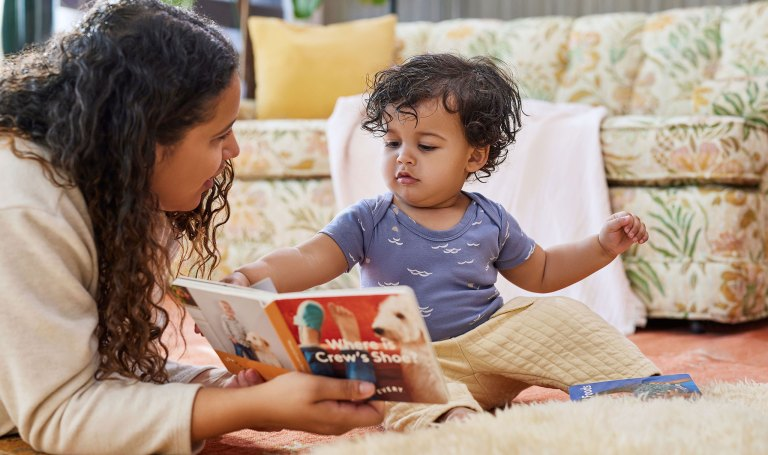
Supporting your toddler’s speech development doesn’t require special training or expensive materials. These simple, everyday activities can make a significant difference in your child’s language growth.
Talk, Talk, Talk
Narrate your daily activities as you do them: “I’m washing the dishes. This plate is dirty. Now it’s clean!” This running commentary naturally builds vocabulary and sentence structure.
Read Together Daily
Even just 10-15 minutes of reading each day exposes children to new words and language patterns. Let your child choose books, ask questions about pictures, and don’t worry if you don’t finish every story.
Limit Screen Time
The American Academy of Pediatrics recommends no more than 1 hour of high-quality screen time for 2-year-olds. Live conversations are far more valuable for speech development than digital content.
Use Real Words, Not Baby Talk
It’s fine to use simple language, speak clearly and correctly, and say “water” instead of “wawa” so your child learns proper pronunciation from the start.
Expand What They Say
When your toddler says a single word, respond with a full sentence. If they say “ball,” you might say “Yes, that’s a big red ball” or “You want to play with the ball.”
Sing Songs and Recite Rhymes
Songs and nursery rhymes help children learn speech patterns, practice sounds, and develop memory skills. The rhythm and repetition make them especially effective for language learning.
Give Choices
Instead of asking yes/no questions, offer choices: “Do you want milk or water?” This encourages your child to use specific words rather than just nodding or pointing.
Wait and Listen
After asking a question, wait 5-10 seconds for your child to respond. Resist the urge to fill silence or answer for them, as processing and forming responses takes time for toddlers.
Play Face-to-Face
Games like peekaboo, pat-a-cake, and simple turn-taking activities promote social communication skills that form the foundation of conversation.
Respond to Communication Attempts
When your toddler points, gestures, or makes sounds to communicate, respond as if they’ve said something meaningful. This reinforces that their communication efforts are valuable and effective.
The Bottom Line
Those little words from your toddler’s mouth represent massive brain development happening right before your eyes.
While some 2-year-olds chat up a storm and others communicate more selectively, what matters most is progress, not perfection.
If you are curious about how many words a 24-month-old says, remember that each child develops at their own pace.
The 50-word milestone is a guideline, not a strict requirement. What’s most important is seeing consistent progress in your child’s communication skills.
What’s your next step? Create a language-rich environment at home through reading, conversation, and play.

